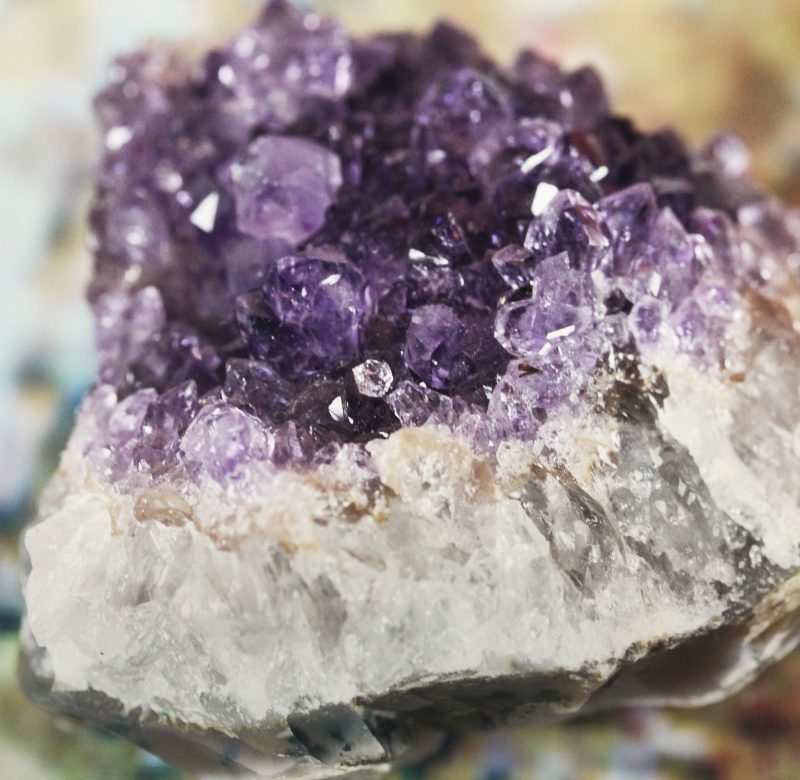
15 Ways Kids Can Study Geology at Home

As an increasing number of parents and caregivers take up the educator mantle, there’s more interest in teaching subjects like science, technology, engineering, and mathematics from home. Luckily, you don’t have to be a science buff to teach your kids about these topics. Earth sciences are particularly well-suited for at-home learning. For instance, you might take a family field trip to explore rocks in your backyard or the terrain in your neighborhood.
Turning education into a family activity is a great way to bring excitement into the home-based learning environment. When it comes to helping your kids study geology at home, whether for homework or for fun, the whole family will enjoy this list of projects.
- Start a Rock Collection: Pick up rocks in your neighborhood, the park, on hikes or near water and begin a collection. Research to find out the kind of rock, what it’s made of and where it comes from.
- Layers of the Earth: Most kids need visual representations to help them understand abstract concepts. Using multi-colored modeling clay like play doh to make a model of the earth’s layers can be fun and educational—and a great way to spend a rainy afternoon in doors.
- Make Your Own Fossils: This craft really leaves kids with a lasting impression!. To experiment with fossil formation all you need is flour, sand, salt, water, coffee grounds and items to make imprints with.
- Make Rock Constellations: While not geology per se, using rocks to create constellations can help you make connections between earth and the heavens. Draw the shapes you see in the night sky like Orion, Tarus, Ursa Major and Ursa Minor. You can trace lines connecting the stars to really emphasize the shape.
- Sort Seashells: The next time you take a trip to the beach, be sure to gather as many different kinds of seashell as you can. Then, use one of these print-at-home identification mats (they are free!) to learn the names and jobs of each different shell.
- Landform Diorama: Create 3D models of different kinds of landscapes, like mountains and valleys, for a hands-on approach to teaching topography. This can be especially fun if you are about to visit or just came back from visiting a similar landscape.
- Visit Famous Rocks Online: From Mount Rushmore to Arches National Park, take a digital tour of some of America’s most unique landscapes and talk about the processes that formed them. If you have Disney+ or Netflix, you can find several documentaries that take you on an adventure through our national parks.
- Model Volcano That Really ERUPTS: This is an exciting, in-depth look at the eruption process that kids love, mostly because they get to make a mess. Creating a homemade volcano builds excitement and anticipation for geological formations.
- Make Your Own Quicksand: Sink your fingers into geology by making your own quicksand out of cornflour and water. Keep stirring the mixture to show how things are slowly pulled down.
- Growing Your Own Crystals: Growing crystals is much simpler than you might think. All you need is boiling water and sugar, alum, borax or salt. Watch your crystals grow and be amazed by the beautiful and intricate patterns.
- Crack Open Egg Geodes: Using food coloring and alum you and your kids can turn eggs into beautiful, colorful geodes. Once they are ready you can crack them open to examine the colorful shapes inside.
- World Maps Online Games: Kids love screen time and, chances are, if they are in school online you might worry they are sitting in front of a computer too frequently. Feel good about their screen time with these games that teach kids about countries all over the world.
- Plate Tectonics: Did you know that plates move at about the speed your fingernails grow? Learn and discuss other interesting facts (including which plate your home is on!) and discover which plates are actively moving with a real-time seismic activity map.
- Make Your Own Ocean Currents: Learn about the impact of ocean currents on geography and then see for yourself how these currents are made right in your own kitchen. All you need is water, oil, spices or food coloring and a bit of heat to see the powerful motion of water.
- Geology Treasure Hunt: Take a day trip to a nearby geoheritage site like a canyon, mountain, riverbed, watershed, fault line, or volcano, and have a scavenger hunt. Create a list ahead of time of geological elements to look for, like fossils, rocks of various sizes, concretions, erosion, conglomerates and more.
For many parents, there is this nagging worry that we’re going to fail our children, balancing their education with all our other full-time priorities. It’s important to recognize that we all need help from time to time and that the Internet is chock full of some great resources that can ease the burden. Use some of these resources to help your kids study geology at home, which can make your job easier, keep your kids engaged, and relieve a little stress and tension from the whole household.
Photo: Unsplash
